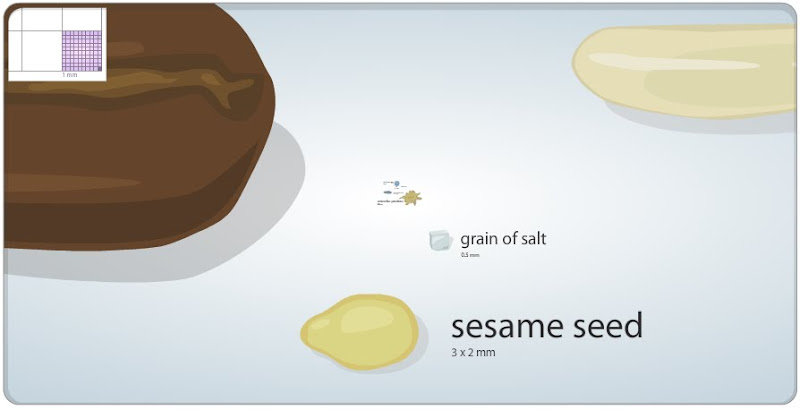I meant to post this yesterday – I think I may have mentioned that Dave Walker was contributing two Mad Skillz. Here’s his second. It’s timely – perhaps – given some of the discussions this week. And I didn’t even bag out U2.
If you have a Mad Skill and would like to contribute I would be happy to keep posting these as long as material keeps coming in – feel free to go for a second bite of the cherry.
Anyway, here’s what Dave has to say. I don’t necessarily agree with all of it – but I’ll let the disagreements slide.
Nathan is one of the best people I know to have an argument with. You cannot argue with Nathan without being forced to think about what you’re saying and to consider fresh, creative, and insightful ideas. But arguing with Nathan can be a bit of an art form! Having been a sparring partner with Nathan in the North for the last four years, here’s my 5 tips for friends ‘down south’ on how to have a good argument with Nathan:
- Don’t. At least sometimes. Arguments with Nathan sometimes end with (metaphorical) blood on the floor on both sides, so a level headed assessment of whether it’s sensible to enter the fray is well worthwhile. Nathan will argue for arguing’s sake, so a release valve is important.
- Remember that the thinner the basis for Nathan’s position, the more strenuously he will defend it. You might think it’s stupid, but he really likes to do that. It helps him work out whether there’s anything in his position that he wants to hang on to, and whether your criticisms of the idea have any merit to them. Nathan’s whole philosophy is to test ideas to their absolute limits — so rather than be exasperated by that, just enjoy watching him defend the (sometimes) ridiculous. But don’t think that just calling an idea ‘ridiculous’ will somehow cool Nathan’s enthusiasm for it — it will do quite the opposite!
- The better the point you make, the less likely Nathan is to acknowledge it out loud. This is related to #2 — he’s not looking to agree with you, he’s looking to test ideas. So when you make a good point, he’ll ignore it and argue his point on different (and sometimes only loosely related) grounds. This can be very frustrating, but don’t bite on the deflection unless you think it’s relevant and call him on it if he needs it.
- Tell him to pull his head in every now and then. Nathan needs good friends who can see through his obstreperousness and self-confessed moments of arrogance, and remind him that there are often real people attached to the ideas he’s arguing against.
- You can never end an argument with Nathan. He is not interested in finding a position of agreement (see point 3) and he is psychologically incapable of letting you have the last word. So when it’s time to finish, make your point, let him have the last word, and either shrug your shoulders at him or say ‘thank you for highlighting that we don’t agree’!









